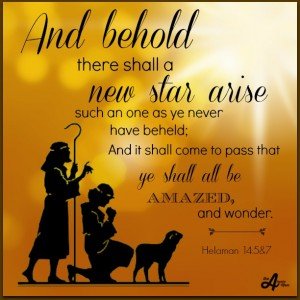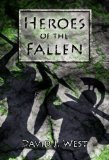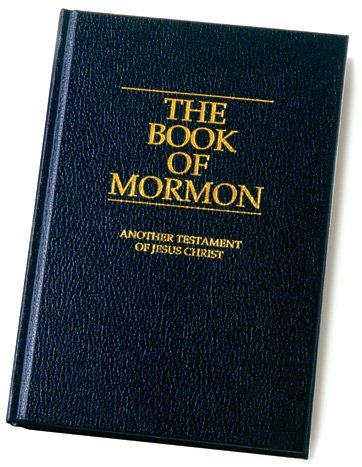 I’m one of the Gospel Doctrine teachers in my ward. It’s a calling l love, but am terrified of all at the same time. Teaching the gospel to adults is very hard, especially when I feel like I’m the least experienced in the room. But it’s good to feel inadequate sometimes. It pushes me to rely on the Lord a lot more to do my calling the right way.
I’m one of the Gospel Doctrine teachers in my ward. It’s a calling l love, but am terrified of all at the same time. Teaching the gospel to adults is very hard, especially when I feel like I’m the least experienced in the room. But it’s good to feel inadequate sometimes. It pushes me to rely on the Lord a lot more to do my calling the right way.
This year’s course of study has been The Book of Mormon and I have thoroughly enjoyed it. Over the last few weeks as we’ve wound our way thru the chapters in the Book of Alma and Helaman there are stark patterns that emerge that parallel our day. Some people call it “The Pride Cycle”, but basically it’s the story of the human condition since the beginning of time. People are good, they are blessed, then become prideful and wicked. They fall, and become enslaved – either to their own vice and are destroyed , or are literally taken away as slaves to be humbled. Wash. Rinse. Repeat. Sometimes the cycle repeats itself several times in the course of a year.
Right before the Savior’s visit to the Nephites in 3 Nephi, this cycle becomes particularly vicious, with the people dividing themselves up into tribes and with the Gadianton Robbers bearing down on everyone they can. At the death of the Savior, the land is broken up, there is great destruction and the Nephite civilization is destroyed, with “the more righteous part” of the people being left to pick up the pieces and start over. Continue reading




